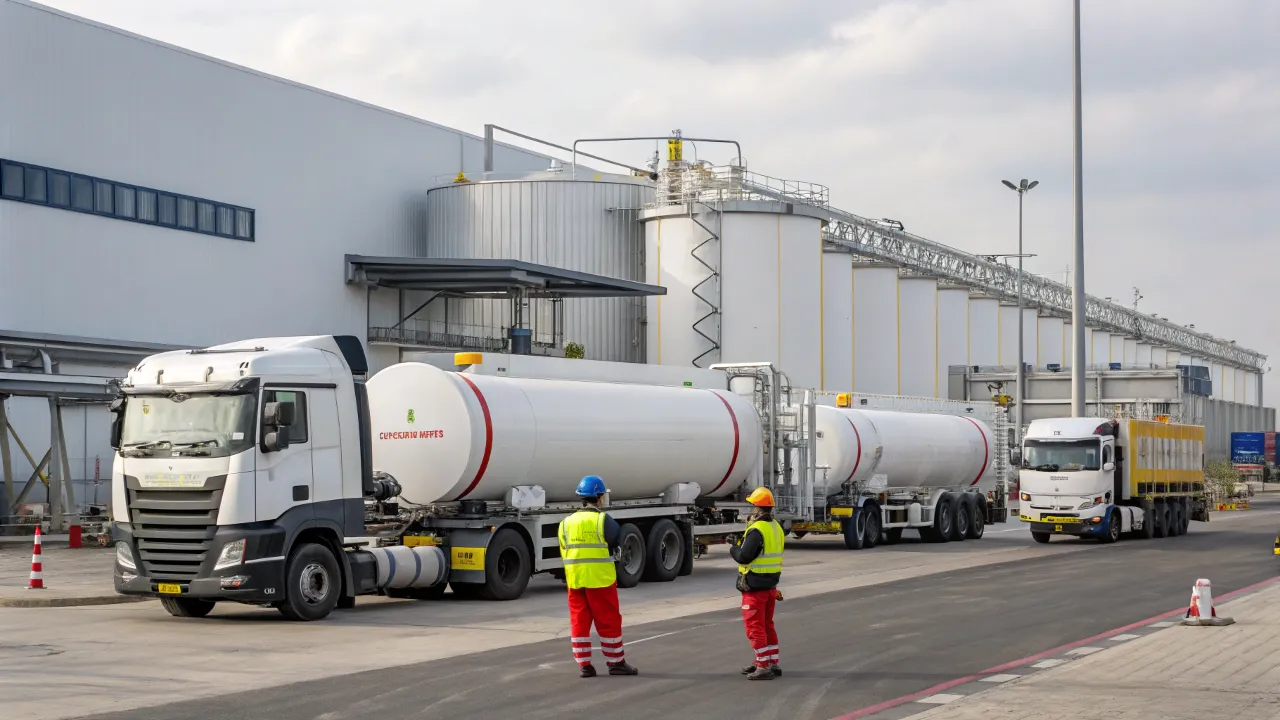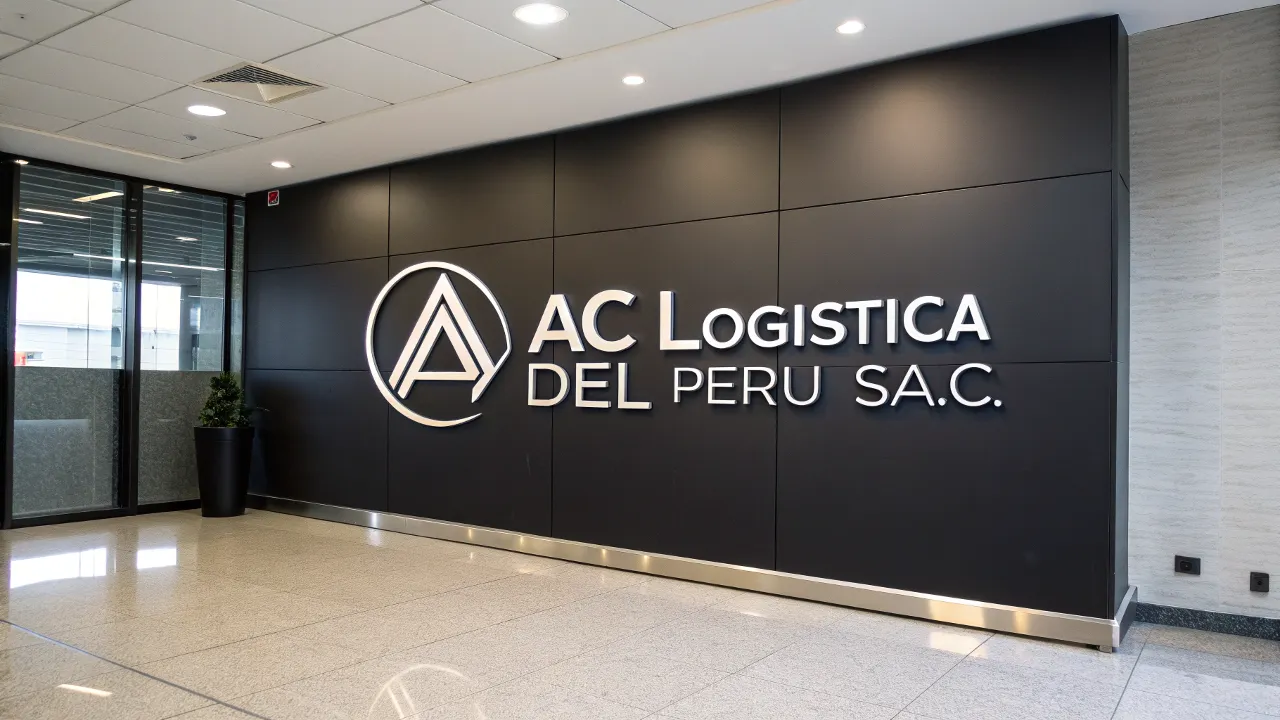Table of Contents
In an era defined by rapid industrialization and growing energy demands, energy transport logistics plays a pivotal role in ensuring the seamless flow of energy resources from production sites to consumers.
From crude oil pipelines to liquefied natural gas (LNG) tankers and renewable energy infrastructure, the logistics of transporting energy are critical to global economies and environmental sustainability.
This article explores the intricacies of energy transport logistics, delving into its challenges, innovations, and future potential while highlighting its importance in shaping a sustainable energy landscape.
The Backbone of Global Energy Systems
Energy transport logistics encompasses the processes, infrastructure, and technologies used to move energy resources such as oil, natural gas, coal and renewable energy outputs like electricity or hydrogen.
It involves a complex network of pipelines, shipping routes, rail systems, and storage facilities that ensure energy reaches industries, homes, and businesses efficiently.
The significance of energy transport logistics lies in its ability to bridge the gap between resource-rich regions and energy-hungry markets, maintaining economic stability and energy security.
For instance, consider the global oil trade. In 2023, the International Energy Agency (IEA) reported that approximately 60% of the world’s crude oil was transported via maritime routes, with supertankers carrying millions of barrels daily across oceans.
Similarly, natural gas relies heavily on pipelines and LNG carriers to connect producers like Qatar and Australia to consumers in Asia and Europe. These examples underscore how energy transport logistics serve as the backbone of global energy systems, enabling access to resources that power modern life.
To ensure reliability and efficiency in ground operations, many companies depend on solutions like ceva vehicle tracking for real-time fleet monitoring and route optimization.
Challenges in Energy Transport Logistics
Despite its critical role, energy transport logistics faces numerous challenges. One major issue is the geopolitical complexity of energy routes. Pipelines and shipping lanes often traverse multiple countries, each with its own regulations and political dynamics.
For example, the Nord Stream pipeline, which transports natural gas from Russia to Europe, has faced disruptions due to geopolitical tensions, highlighting the vulnerability of energy transport logistics to international conflicts.
Environmental concerns also pose significant challenges. The transportation of fossil fuels, particularly via ships and pipelines, carries risks of spills and emissions. The 2020 Wakashio oil spill off the coast of Mauritius demonstrated the devastating ecological impact of maritime energy transport accidents.
Furthermore, the carbon footprint of energy transport logistics—especially for fossil fuels—has drawn scrutiny as the world shifts toward decarbonization. Balancing efficiency with environmental responsibility remains a key hurdle.
Another challenge is the ageing infrastructure in many regions. In the United States, for instance, some oil and gas pipelines date back to the mid-20th century, increasing the risk of leaks and inefficiencies.
Upgrading this infrastructure requires significant investment, estimated by the American Petroleum Institute, to exceed $600 billion by 2035 for North America alone. These challenges highlight the need for innovation and strategic planning in energy transport logistics.
Also Read: Mastering XPO Logistics Freight Tracking: A Comprehensive Guide
Innovations Driving Efficiency and Sustainability
To address these challenges, the energy transport logistics sector is undergoing a transformation driven by technological advancements and sustainability goals.
One notable innovation is the use of digital technologies, such as the Internet of Things (IoT) and artificial intelligence (AI), to optimize logistics operations.
IoT sensors on pipelines and tankers provide real-time data on flow rates, pressure, and potential leaks, enabling predictive maintenance and reducing downtime. AI algorithms, meanwhile, optimize shipping routes and schedules, minimizing fuel consumption and emissions.
The rise of renewable energy has also reshaped energy transport logistics. Unlike fossil fuels, renewable energy sources like wind and solar generate electricity that must be transmitted via high-voltage power lines or stored in batteries for later use.
The development of ultra-high-voltage (UHV) transmission lines, capable of carrying electricity over thousands of kilometres with minimal loss, has revolutionized energy transport logistics for renewables. For example, China’s State Grid Corporation has invested heavily in UHV lines to transport wind and solar power from remote western regions to urban centres in the east.
Hydrogen, often touted as the fuel of the future, is another area of innovation. Transporting hydrogen requires specialized infrastructure, such as high-pressure pipelines or cryogenic tankers for liquid hydrogen.
In 2024, Japan and South Korea launched pilot projects to import green hydrogen from Australia using advanced LNG carriers retrofitted for hydrogen transport. These initiatives highlight how energy transport logistics is adapting to support the transition to cleaner energy sources.
The Role of Policy and Investment
Government policies and private-sector investments are critical to advancing energy transport logistics. Regulatory frameworks that incentivize low-carbon technologies, such as carbon pricing or subsidies for green infrastructure, are driving the adoption of sustainable practices.
For example, the European Union’s Green Deal includes funding for cross-border energy transport projects, such as hydrogen pipelines and offshore wind grids, to support its 2050 net-zero emissions target.
Private companies are also playing a pivotal role. Energy giants like Shell and BP are investing in digital logistics platforms and low-carbon transport solutions, such as electric vehicle charging networks and hydrogen refuelling stations. These investments not only enhance the efficiency of energy transport logistics but also align with global sustainability goals.
The Future of Energy Transport Logistics
Looking ahead, energy transport logistics is poised for significant evolution. The global push for net-zero emissions will accelerate the shift toward renewable energy and alternative fuels like hydrogen and ammonia. This transition will require new infrastructure, such as dedicated hydrogen pipelines and expanded electric grid networks, to accommodate the unique properties of these energy carriers.
Moreover, advancements in autonomous vehicles and drones could transform last-mile energy delivery. For instance, drones are being tested for delivering small-scale energy solutions, such as portable solar panels or battery packs, to remote areas. Similarly, autonomous ships and trucks could reduce costs and improve safety in energy transport logistics by minimizing human error.
Global collaboration will be essential to address the challenges of energy transport logistics. Initiatives like the International Renewable Energy Agency’s (IRENA) Global Energy Transition Outlook emphasize the need for standardized regulations and shared infrastructure to facilitate cross-border energy trade. By fostering cooperation, countries can ensure that energy transport logistics remain resilient and adaptable to future demands.
Closing Words
Energy transport logistics is at the heart of the global energy ecosystem, enabling the efficient and reliable delivery of resources that power our world. Despite challenges like geopolitical risks, environmental concerns, and ageing infrastructure, the sector is embracing innovations such as digital technologies, renewable energy integration, and hydrogen transport to pave the way for a sustainable future.
As governments and industries invest in cleaner and smarter solutions, energy transport logistics will continue to evolve, ensuring that energy flows seamlessly from source to consumer. By addressing current challenges and leveraging emerging opportunities, this critical field will play a defining role in shaping a resilient and sustainable energy landscape for generations to come.




